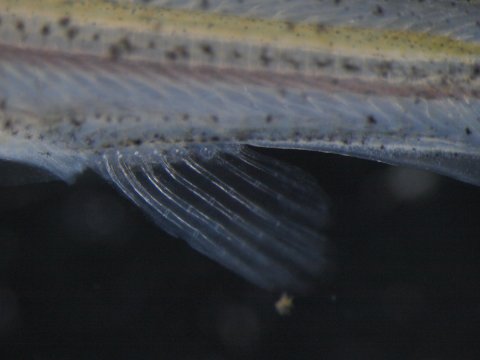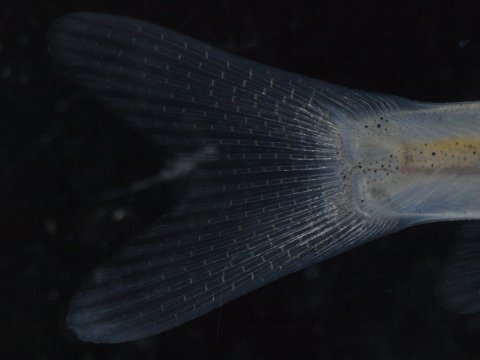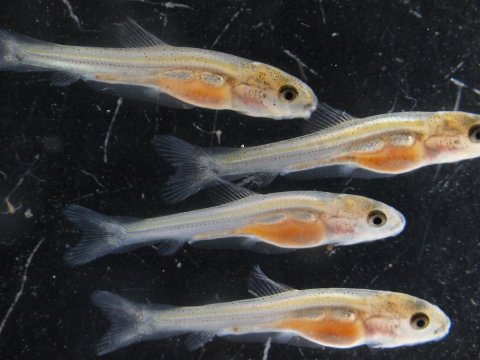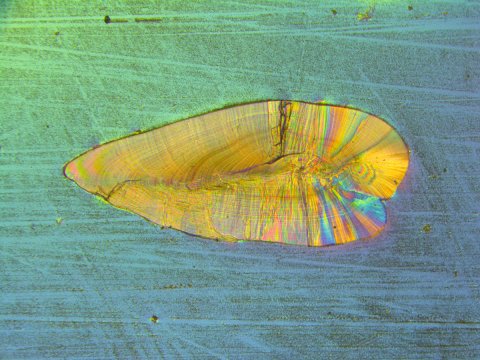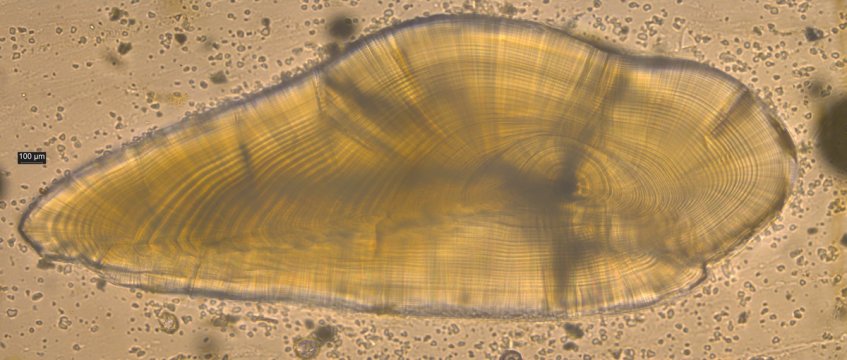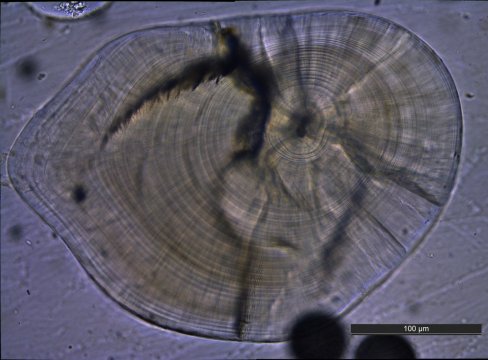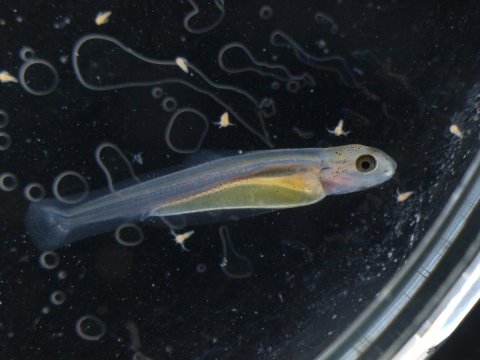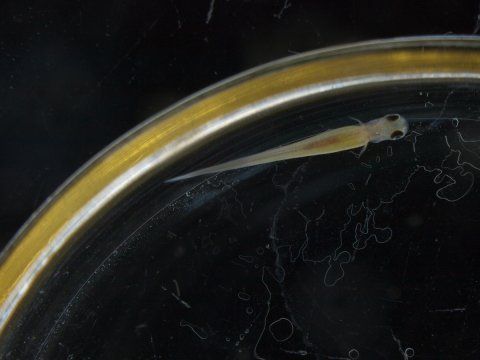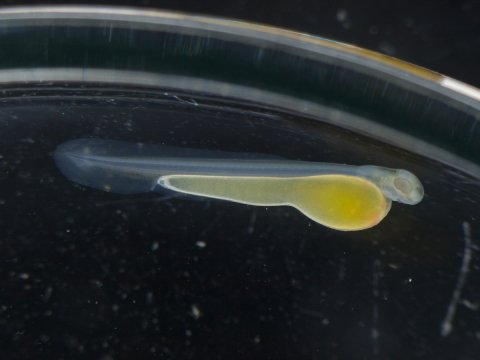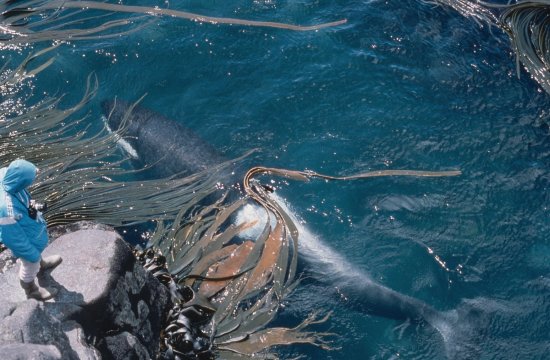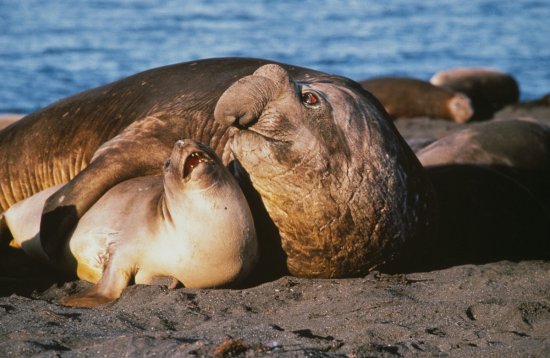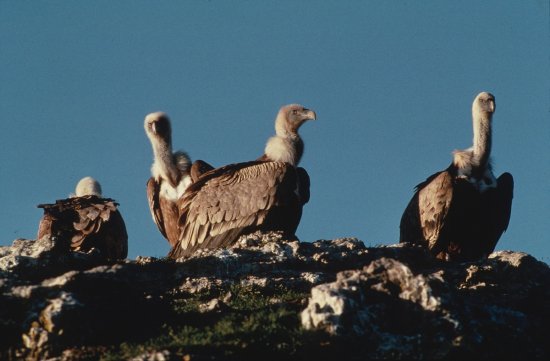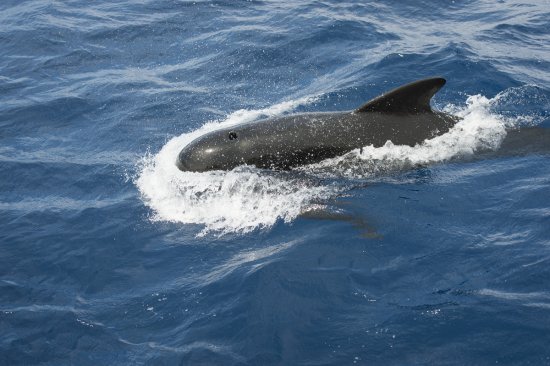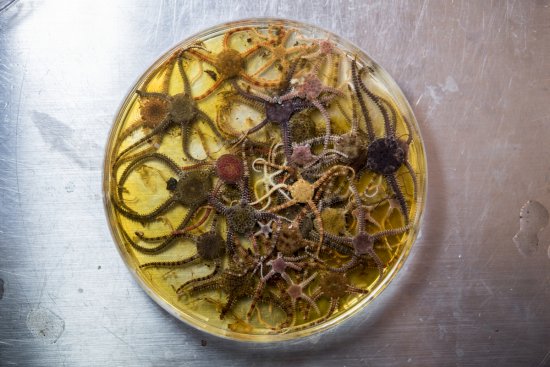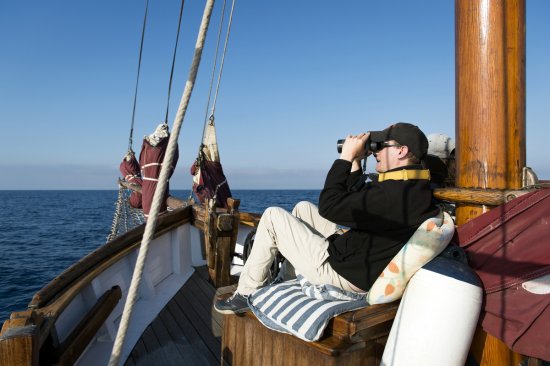
© Xavier COLOMBET/LEHNA/CNRS Images
Reference
20170047_0017
Coupe frontale d'un lapilus, un type d'otolithe prélevé sur un juvénile de chevesne
Frontal section of a lapillus, a type of otolith taken from a juvenile chub, Squalius cephalus, a very common species of freshwater fish in Europe, viewed using an optical microscope (700x with immersion). Otoliths are mineral concretions found in the inner ear of vertebrates. This one was taken from a fish caught during electrofishing as part of a study on the growth of larvae and juveniles in the abandoned channels of the Rhône. The aim is to estimate the age of the fish in days by counting the successive daily deposits of CaCO3 (calcium carbonate) on the otolith, from when the fish hatches (nucleus) to the date it is caught. After 200 days, it becomes difficult to estimate the age in days. The otolith section is sanded to obtain a smooth surface without micro-scratches. On this sample, it is easy to count the marks made each day. They are relatively close together, which indicates slow growth over the number of days concerned (this is the effect of environmental conditions that do not favour growth, such as a drop in temperature and reduced food sources).
The use of media visible on the CNRS Images Platform can be granted on request. Any reproduction or representation is forbidden without prior authorization from CNRS Images (except for resources under Creative Commons license).
No modification of an image may be made without the prior consent of CNRS Images.
No use of an image for advertising purposes or distribution to a third party may be made without the prior agreement of CNRS Images.
For more information, please consult our general conditions
